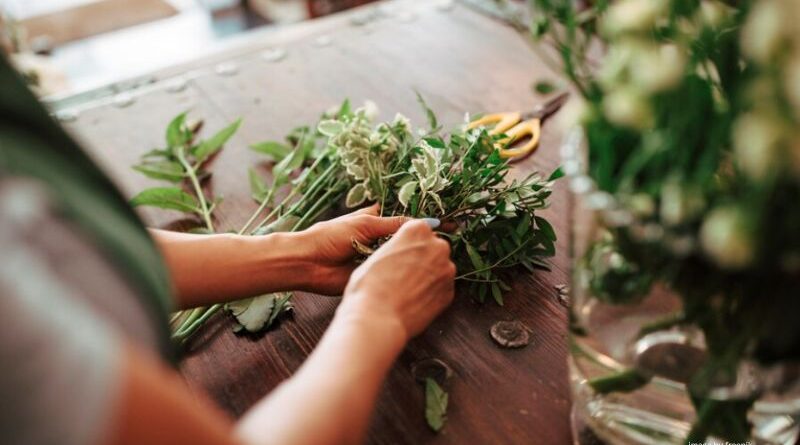Fresh Herbs on Demand: The Easiest Herbs to Grow Yourself
Herbs you can grow at Home: Add herbs to your dishes and you will be amazed at their enhanced taste. Fragrant herbs will add a flavourful punch to your meals. Start growing them yourself in your garden or pots and get a supply of fresh herbs. You can grow them in a small kitchen garden, a tiny window sill, or pots. Herbs are easy to grow and make us feel like gardeners. When you grow different herbs you will also feel inspired in the kitchen. Try our recommendations and enjoy gardening.
Herbs you can grow at home
Cilantro/Coriander/Dhaniya: There’s nothing better than the taste of fresh home-grown coriander leaves. Soak the coriander seeds overnight in lukewarm water. Pick a container or a spot in your garden to plant your herb. Sprinkle the seeds in a pot and cover it properly with a layer of soil. Spray some water on the soil and place your pot in a sunny spot. Within 35-40 days of planting, you will see shoots of coriander that can be plucked. Use this refreshing herb in your chutneys, to garnish your food and more.
Basil/Tulsi: With over 100 different species to choose from, Basil is surely one of the best-known herbs in the world. Basil grows well in the warmer months. When planting, make sure that the soil is moist as Basil plants like moisture. Plant Basil in a garden bed or in a pot and choose a spot that has good sunlight.
Read Also | Elevate Your Energy: Lifestyle Hacks for Women’s Wellness
Lemongrass: Lemongrass is mainly used as a culinary herb and for aromatherapy. It can be grown from seeds or cuttings in a pot, and it thrives in warm and humid climates. It is an excellent addition to tea and has a lot of medicinal properties.
Mint: This refreshing herb is a perfect pick for your summer garden. With just a leaf or two, you can refresh everything from a salad to a drink. You can also make mint and cilantro chutney which pairs well with all meals. It requires just a little bit of water and sun, this low-maintenance plant is easy to grow. Mint is best grown in containers, if you choose to plant peppermint seeds in the ground then prepare a raised bed.
Chilly: Chillies are a nice addition to the herb garden. Chilies are semi-perennials that are grown as annuals in cultivation. It is best planted in warmer regions and in part shade and part sun position.
Thyme: Thyme has a versatile flavour and has multiple varieties. It is used in a wide variety of cuisines around the world. It requires fast-draining soil, in a warm and sunny place. Thyme takes a few months to grow into a plant. You need to water the plant whenever the soil looks dry and don’t let the plant wilt. Ensure you leave space around as thyme grows and spreads quickly. Give thyme a feed and some compost during Spring and after flowering. Use the lemony leaves in soups or add them to your stir-fried veggies. The blossoms on this plant are also edible.
Chamomile: Visually appealing and soothing herb Chamomile is planted during the spring season. Sow the seeds indoors and then move the plant outdoors when seedlings appear. It grows in cool conditions and requires partial shade. It is drought-resistant and does not require frequent watering. Chamomile seeds germinate in about fourteen to sixteen days. Both the flowers and leaves of the plant are used. You can add chamomile to your tea and enjoy the soothing effect.
Dill: Dill specifically grows well during the summer season. It is good companion for soups, salad dressings, pickles, and even bread. In Indian cuisine potato and dill stir fry is consumed with lentils and rice.
Lavender: Lavender is a prized fragrant flower that is used in salads, dressing, and calming tea. This plant may survive in many growing conditions but it does well when it receives 4-5 hours of direct sunlight. Regular pruning of the branches and flowers is required for the growth of the plant.
Conclusion
Fresh herbs will add a flavor punch to any meal, particularly when they are freshly snipped from your own garden. For novice gardeners, a few herbs grown in pots can be the perfect introduction to the joys of growing your own meals. You can grow them in a small kitchen garden, or a tiny window sill, or pots. Herbs will add freshness to your meals. Happy growing.
Read Also | Unlocking Wellness: The Power of Seed Cycling for Hormones




